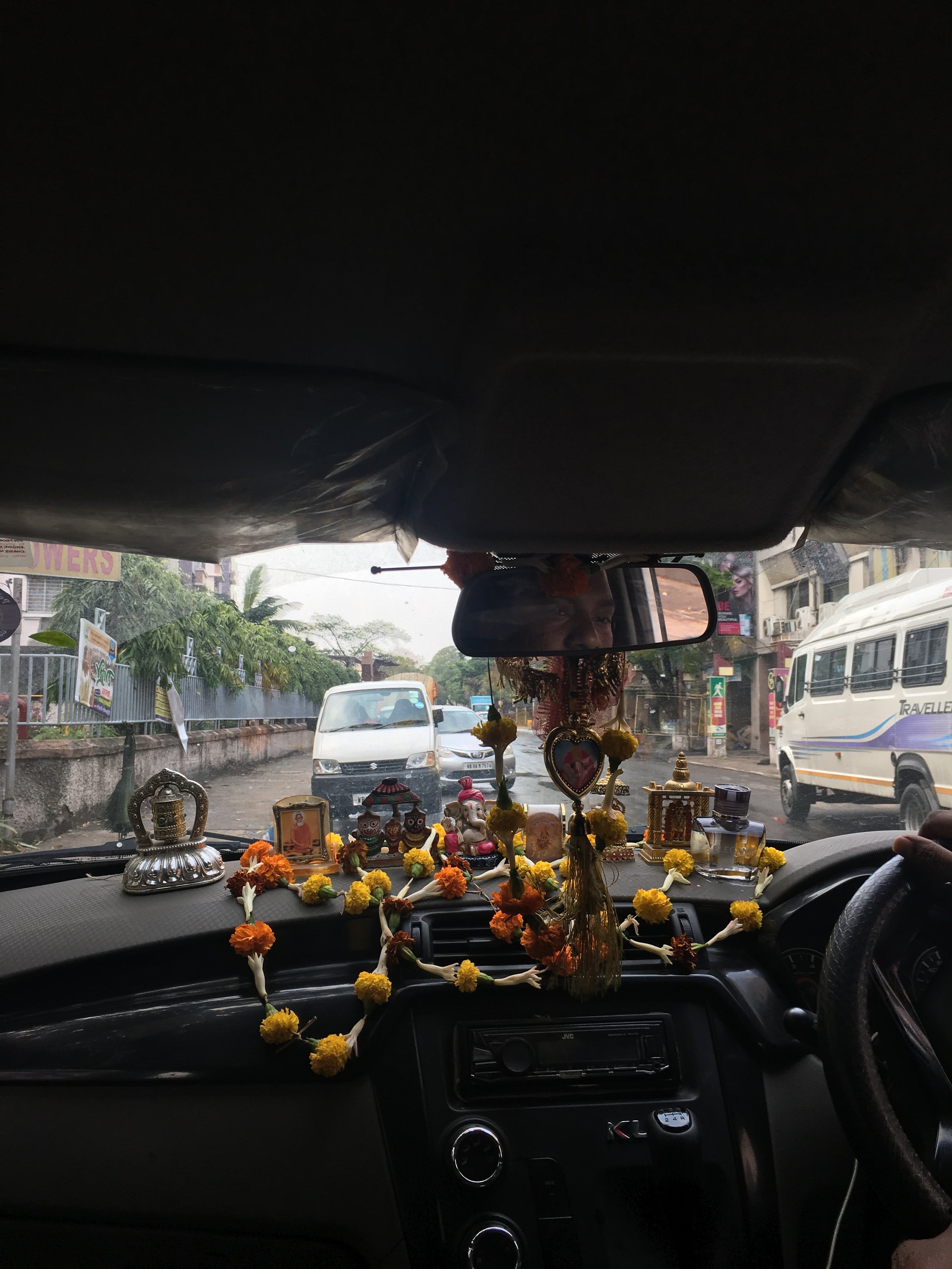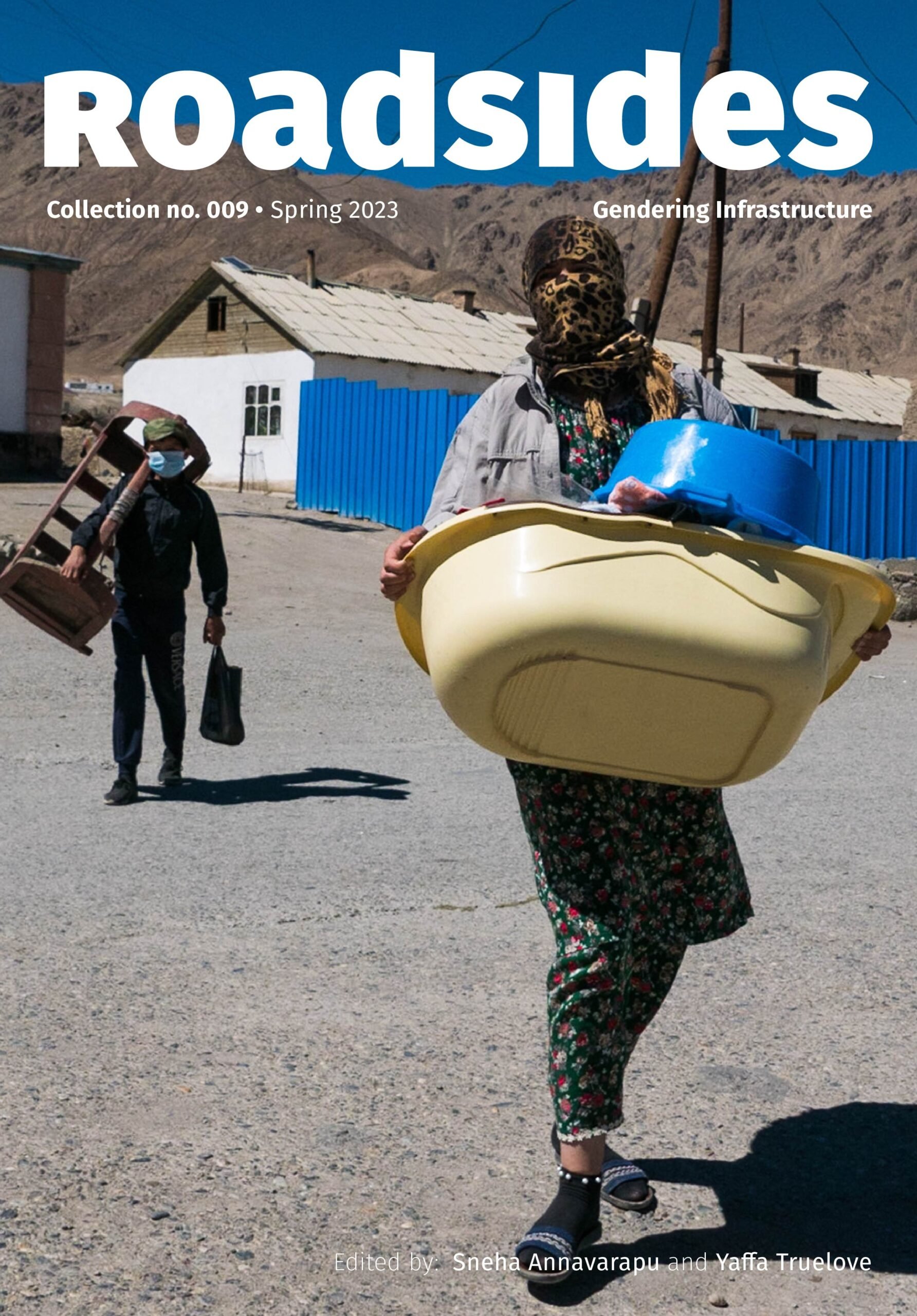
Research

My research interests center around how governance and social control in contemporary Indian cities shape, and are shaped by, class inequalities, and gender relations. In my work, I have adopted a deeply qualitative sensibility to examine a variety of empirical issues. Below, I describe each project that I have undertaken.

On the Move: the politics of driving in urban India
Rapid increase in vehicle ownership in India since the early 1990s has been accompanied by severe traffic congestion and an increasing incidence of road accidents. Currently, India has the highest rate of traffic fatalities and injuries in the world. In response to this public health emergency, state agencies and local NGOs in low- and middle-income countries like India have been attempting to regulate road traffic and improve driving behavior using a variety of punitive techniques, persuasive strategies, and infrastructural changes. However, there has been little research on how these laws are implemented, how the low-level state functionaries tasked with implementing those laws address traffic management and how drivers themselves navigate both the laws and the traffic it is supposed to regulate. Drawing on ethnographic fieldwork conducted amongst motorists and state officials in the southern Indian metropolis of Hyderabad, I examine how, when, and why state-led disciplinary interventions make sense to Hyderabadi drivers. In doing this, I unpack not just whether driving behavior actually changes, but also the kinds of narratives, imaginations, and practices that accompany the very idea of modernity, development, and progress. I show how the seemingly mundane and unremarkable act of driving around is a key site at which political selves, sensibilities and practices are generated in India.
Keywords: urban; ethnography; South Asia; governance; transport
This project was conducted as part of my doctoral dissertation research. I am currently working my dissertation into a book manuscript. Click here for an extended abstract of my dissertation project.

Risky Routes, Safe Suspicions: Gender, Class, and Cabs in Hyderabad, India
A robust body of literature documents how women manage their self-presentation and perceptions of sexual risk when navigating city spaces. Yet, we know less about how these strategies and tactics interact with existing class relations in society. In this paper, I investigate how, in the metropolitan city of Hyderabad in India, upwardly mobile women who commute via ride-share apps and lower-class men employed as drivers navigate the temporarily shared space of the car ride within the broader context of growing public anxiety around women’s safety in the city. Drawing on interview data and participant observation, I show two empirical patterns: one, women commuters and men cabdrivers view each other through the lens of suspicion as relatively more powerful than themselves; and two, while women construct men drivers as sexually rapacious and dangerous, men understand the upwardly mobile woman commuter as entitled and abusive of her class power. Ultimately, I argue that competing understandings of safety exacerbates social distance between men drivers and women commuters. I conclude by demonstrating that desire for safety vocalized by upwardly mobile women rests on processes of exclusion that worsen class relations in the city.
Keywords: gender; South Asia; urban; class; transport; sexual violence
For the full paper, email me. For a short version of this paper, please click here.
Photograph by Shanthan. Used with permission.

Drivers of Masculinity: marginality, manhood, and mobilities during a pandemic
In this paper, I consider how the COVID-19 pandemic shaped the gendered self-understandings of cabdrivers in the southern Indian city of Hyderabad. Extending research on the pandemic's effect on economically and socially marginalised groups such as app-based cabdrivers and by taking into account masculinity as a framework of analysis, in this paper, I ask: how does a crisis like the pandemic impact self-understandings of men cabdrivers? How does the intensification of precarity during a global crisis affect the way men understand themselves as gendered selves? Based on ethnographic fieldwork collected both before the pandemic and during, I trace two emergent patterns which I briefly explore in this paper. First, I show how and why the ‘breadwinner’ trope (and the attendant ideologies of protection and provision) was largely reinforced but also, sometimes, challenged during the pandemic. I then move the analytical gaze outside the space of the home to examine how care structures interrelatedness among cabdrivers as a community in the register of brotherhood. Ultimately, I argue that adopting a gendered lens on the pandemic offers an analytical flashpoint in identifying when and why ideologies of manhood, particularly among subaltern men, intersect with broader socio-economic forces in shaping individual experiences and narratives.
For the full paper, click here. If you do not have institutional access, email me.

The Weight of Waiting: Suspended Mobility and Deferred Aspirations Amongst Cab Drivers in Hyderabad
I explore the impact of the COVID-19 pandemic on the lives of migrant cab drivers in the Indian city of Hyderabad. Drawing on ethnographic data collected before and during the pandemic, I unpack how cab drivers who have migrated to the city in the hopes of a better life for their families make sense of waiting as an experience that constitutes and undoes the notion of upward mobility. I analyse how my interlocutors relate to time in differing ways through the day and how the pandemic has altered their expectations around the mundane activity of waiting. Building on scholarship that pushes us to apply a temporal lens to migration along with a spatial one, I argue that the uncertainties and precarities created by the pandemic have reconfigured migrants’ aspirations, their relationship to work, their imaginaries of the future and their articulation of hope and despair.
Keywords: Covid-19; time; urban India; labour; mobility; aspirations
This paper is available open-access. Please click here.

“Gendering Infrastructure”
Edited by Sneha Annavarapu and Yaffa Truelove for Roadsides, an open access journal
Infrastructures as diverse as open-air urinals on the streets of Paris, smart meters that monitor water flows to residents in Cape Town, and the Boda Boda transport systems that enable mobility in Kampala are highly gendered. At the micro-level, gender constructions play a substantial role in everyday infrastructure uses and practices such as where and for whom a toilet can be accessed. At regional, national and international scales gendered symbolism and power relations shape the forms and meanings that buildings, roads, and digital infrastructures take. Despite the pervasiveness with which gender shapes our everyday life, gendered dimensions of infrastructure have received relatively less attention in the literature compared with other aspects of the social, political and cultural embeddedness of infrastructure.
In this issue of Roadsides, we aim to add to the emergent but significant scholarship that tackles the conceptual and analytical intersection of gender and infrastructure. Thinking infrastructurally, we posit, implies thinking about gender relations and their myriad manifestations in social life. Instead of thinking about gender as but another variable to keep in mind while assessing the impact of infrastructure in daily life, we contend that gender fundamentally shapes infrastructure and is, in turn, shaped by infrastructure.
Keywords: gender; infrastructure; technology; politics; intersectionality

“Where Do All The Lovers Go?” The Cultural Politics of Public Kissing in Mumbai, India (1950-2005)
Public expressions of sexual intimacy have often been subject to moral censure and legal regulation in modern India. While there is literature that analyzes the cultural‐political logics of censorship and sexual illiberalism in India, the discourses of sympathy towards public displays of intimacy has not received as much critical attention. In this paper, I take the case of one representative discursive space offered by a popular English newspaper and show how the figure of the ‘kissing couple’ became an important entity in larger discussions about the state of urban development, the role of pleasure in the city, and the imagination of a “modern” Mumbai.
Keywords: urban; gender; public space; social control; India.
This article was published in the Journal of Historical Sociology. Click here to access.
Photo by: Arko Datta/Reuters. Accessed from The Atlantic.

Consuming wellness, producing difference: The case of a wellness center in India
Over the past decade, there has been a discernible rise in the number of wellness centers and fitness studios in urban cities in India. These centers are spatial manifestations of the rise in a particular type of “self-care” regimes and “body projects” in modern social imaginary prevalent in urban India, predominantly enabled by the rise of middle-class consumer culture. While the literature on fitness spaces and wellness clubs in Western contexts is instructive to a very large extent, the local particularities of consumption experiences in non-Western contexts require contextualized empirical research in order to better inform modern theories of consumption. This article is a study of a wellness center in the South Indian city of Chennai. Using ethnographic methods, I attempt to unpack the experience of consuming wellness in a space that ostensibly claims to remedy the ills of modern living while doing so in a culturally traditional and “Indian” manner. I show how the experiences of predominantly middle-class consumers here are dictated not by a sentimental attachment to tradition or locality, but by a vocabulary of speaking that primarily favors a language of consumer choice and rational decision-making. Whether or not that is the case, the way in which consumption of an “Indian” brand of wellness occurs demonstrates the stronghold of the language of consumer choice making the space at the wellness center a performative arena for self-identity formation to occur.
Keywords: consumption; wellness; urbanity; identity; India
This article was published in the Journal of Consumer Culture. Click here to access.
Photo source: unknown. Accessed from a post by Katrina Rice via Gina Bear’s Blog.











